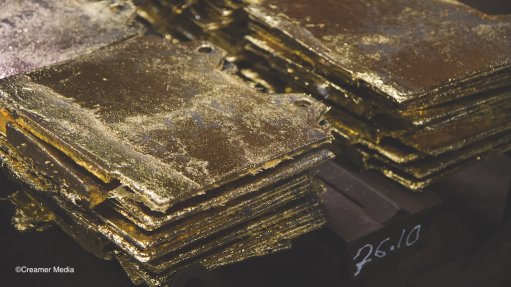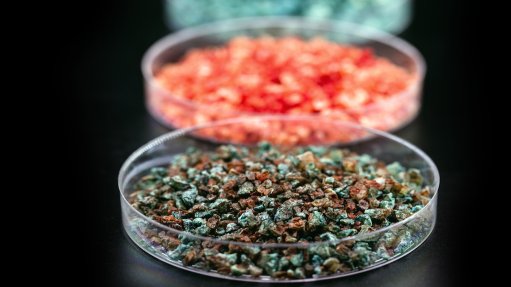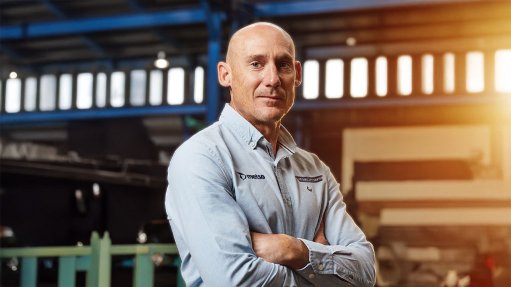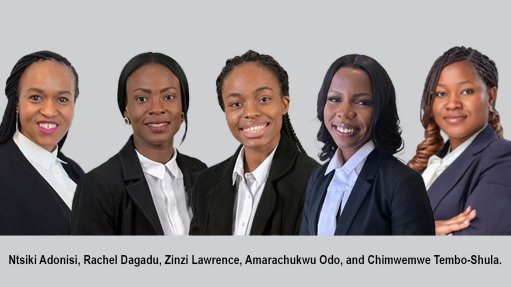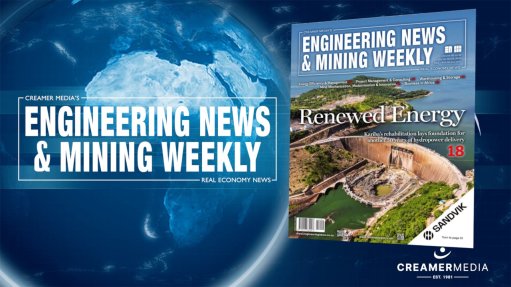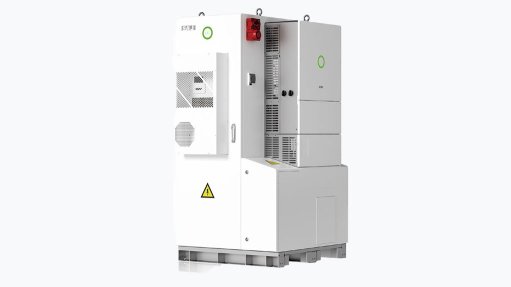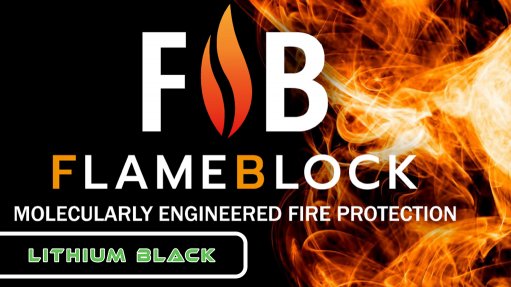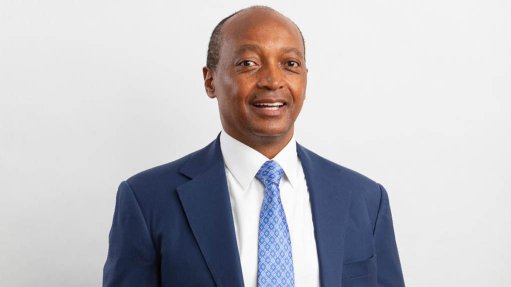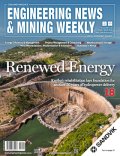IMARC delivers expanded First Nations platform
This article has been supplied.
Australia can become a centre for international dialogue on advancing participation of First Nations people in resources projects, showcasing standout enterprises and amplifying Indigenous women’s voices in the industry, according to the leaders of partner organisations at this year’s International Mining and Resources Conference + Expo (IMARC), held from 21-23 October 2025 at ICC Sydney.
Aboriginal Enterprises in Mining, Energy and Exploration (AEMEE) has joined Indigenous Women in Mining and Resources Australia (IWIMRA) as First Nations partners at IMARC 2025, Australia’s major annual mining forum and exhibition.
AEMEE CEO Jyi Lawton signed up the organisation as a partner after attending IMARC last year and participating in conference discussions about mining industry and First Nations engagement in Australia, Canada and other parts of the world.
IWIMRA co-lead Karina Lynch says the organisation’s four-year partnership with IMARC will advance again this year with an expanded cultural and commercial partnership content program aimed at enhancing links between a growing Indigenous women’s network and allies in the resources sector.
“IMARC has provided a high-profile stage for Indigenous women to share their stories, expertise, and leadership in the mining and resources sector,” Lynch says.
“This has helped reframe conversations around Indigenous engagement from compliance to collaboration and co-design. The partnership has created opportunities for Indigenous women to connect with mentors, allies and peers across the sector.
“By showcasing Indigenous women in leadership roles and being visible at IMARC, IWIMRA helps shift perceptions about who belongs in the industry and inspire younger Indigenous women to see themselves in the industry.”
Other high-profile Indigenous business leaders who will speak at this year’s conference include i2i Global CEO Darren Godwell, who is also chair of Indigenous Business Australia (IBA), and Matthew Denyer, principal adviser – indigenous partnerships & communities, with the Minerals Council of Australia.
They will be joined by First Nations Affairs managing director, Rebecca Blurton, managing director of RBY Projects and Manaji Projects, Derek Flucker, who is also AEMEE chair, and Rio Tinto closure readiness adviser, Weipa, Michelle Kostecki.
Jyi Lawton is leading efforts to present a representative cross-section of Australia’s fastest growing business sector in IMARC’s inaugural First Nations Pavilion in 2025. The pavilion is likely to feature at least 15 First Nations firms, a number Lawton sees expanding in the years ahead.
Last year an ANZ Bank-commissioned report by Deloitte Access Economics said Indigenous businesses were being established at a rate four times the national average. Australia’s First Nations economy could generate A$50 billion a year by 2035. “The accelerating rates of growth in this sector point the way for Australia’s next wave of economic growth and defy the trends elsewhere in the economy,” Deloitte partner, professor Deen Sanders, said.
Australia’s largest directory of Indigenous businesses, Supply Nation, has credited mining companies with about half the recorded spend with about 4500 registered businesses.
AEMEE, formed in 2005 but currently going through something of a rebirth, according to Lawton, has about 150 members.
“We’re looking for a range of businesses with the right profile to represent the diversity and vibrancy of this sector on an international stage such as IMARC,” he said.
“Our eyes were really opened last year to the opportunity at IMARC with the size and scale of the event. The global nature of the First Nations presence is significant. I don't think there’s an event like it with such large international delegations including First Nations businesses.
“Then there’s the key decision makers from all these proponents [mining companies]; there’s global investors. Everyone is there the under the same roof: more than 9000 delegates from 100-odd countries. So that’s a real opportunity to make connections and facilitate access to 15 Indigenous businesses.
“Hopefully in the next few years we can grow that out to showcase a broader base – like the flash one the First Nations Canadian mob had last year.”
Beyond engagement
Lawton says IMARC’s spotlight on international mining sustainability trends, including the industry’s vital social contracts, provided a platform for development of this year’s Traditional Owner & Cultural Engagement Program. A highlight will be a keynote panel discussion on global best practices in economic prosperity sharing models and building community trust.
Lawton thinks Canada might be “a decade ahead of anyone else” on this front in mining, “so there are a lot of learnings for us”. There are reportedly more than 400 individual benefit agreements between mining companies and First Nations across Canada, where most mining projects are located on Indigenous territory. Last year Nations Royalty Corp, backed by billionaire Canadian mining financier Frank Giustra, started trading on the Toronto Stock Exchange. It is the first mining royalty company in the world that is majority-owned by Indigenous people.
“Canada has a different legislative landscape; the political landscape is different,” says Lawton. “But certainly in terms of their governance entities and structures they’re out in front. So we have an opportunity here and part of our strategic focus with IMARC is to strengthen those international, First Nations connections to be able to take those learnings and understand how we can contextualise it here in Australia.”
Australia’s Critical Minerals Strategy 2023–2030 outlined a plan to diversify and grow the country’s already substantial minerals and metals sector. A 2024 Sustainable Minerals Institute study that found 57.8% of critical mineral projects in Australia sat within formally recognised Indigenous lands – or more than 79% if land subject to native title claims was included – indicated the country’s Indigenous peoples had “not shared equitably in the wealth generated by mining Australia's mineral endowment” in the past.
“We argue that critical minerals policies must consider Indigenous peoples' rights and interests in land upfront – not as an afterthought,” the report’s authors said.
“Inequitable outcomes will continue without major policy reform.”
Lynch says IMARC’s Traditional Owner & Cultural Engagement Program “holds deep strategic and cultural value, both for the Indigenous communities involved and for the broader mining and resources sector”.
She says the sessions typically open with cultural protocols, “grounding the conference in respect and responsibility”.
“They help shift the narrative from consultation to co-design and partnership, encouraging more ethical and inclusive practices,” Lynch says.
“These sessions foster trust and transparency, which are essential for long-term partnerships.
“Insights from Traditional Owners can shape ESG strategies, cultural heritage management and community engagement frameworks.”
Lawton says: “Indigenous agreements can be seen as a barrier and a prohibitor to the acceleration of projects. We look at it a bit differently. We see that if you engage early and genuinely partner with Indigenous groups and interests and we have this whole notion of free, prior and informed consent at the table from the start, with traditional owner groups involved in these conversations, that is what accelerates the process.
“And then we can start talking about co-equity and co-investment in projects.
“They’re the conversations that are happening globally. They are also starting to become a central part of the discussion here in Australia.”
Article Enquiry
Email Article
Save Article
To advertise email advertising@creamermedia.co.za or click here
Press Office
Announcements
What's On
Subscribe to improve your user experience...
Option 1 (equivalent of R125 a month):
Receive a weekly copy of Creamer Media's Engineering News & Mining Weekly magazine
(print copy for those in South Africa and e-magazine for those outside of South Africa)
Receive daily email newsletters
Access to full search results
Access archive of magazine back copies
Access to Projects in Progress
Access to ONE Research Report of your choice in PDF format
Option 2 (equivalent of R375 a month):
All benefits from Option 1
PLUS
Access to Creamer Media's Research Channel Africa for ALL Research Reports, in PDF format, on various industrial and mining sectors
including Electricity; Water; Energy Transition; Hydrogen; Roads, Rail and Ports; Coal; Gold; Platinum; Battery Metals; etc.
Already a subscriber?
Forgotten your password?
Receive weekly copy of Creamer Media's Engineering News & Mining Weekly magazine (print copy for those in South Africa and e-magazine for those outside of South Africa)
➕
Recieve daily email newsletters
➕
Access to full search results
➕
Access archive of magazine back copies
➕
Access to Projects in Progress
➕
Access to ONE Research Report of your choice in PDF format
RESEARCH CHANNEL AFRICA
R4500 (equivalent of R375 a month)
SUBSCRIBEAll benefits from Option 1
➕
Access to Creamer Media's Research Channel Africa for ALL Research Reports on various industrial and mining sectors, in PDF format, including on:
Electricity
➕
Water
➕
Energy Transition
➕
Hydrogen
➕
Roads, Rail and Ports
➕
Coal
➕
Gold
➕
Platinum
➕
Battery Metals
➕
etc.
Receive all benefits from Option 1 or Option 2 delivered to numerous people at your company
➕
Multiple User names and Passwords for simultaneous log-ins
➕
Intranet integration access to all in your organisation






